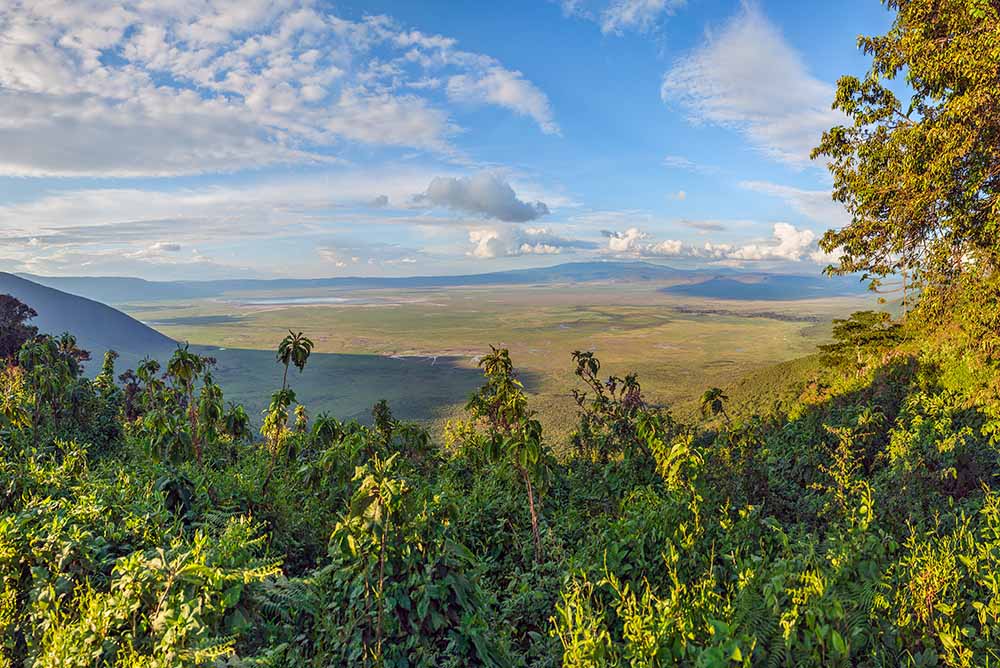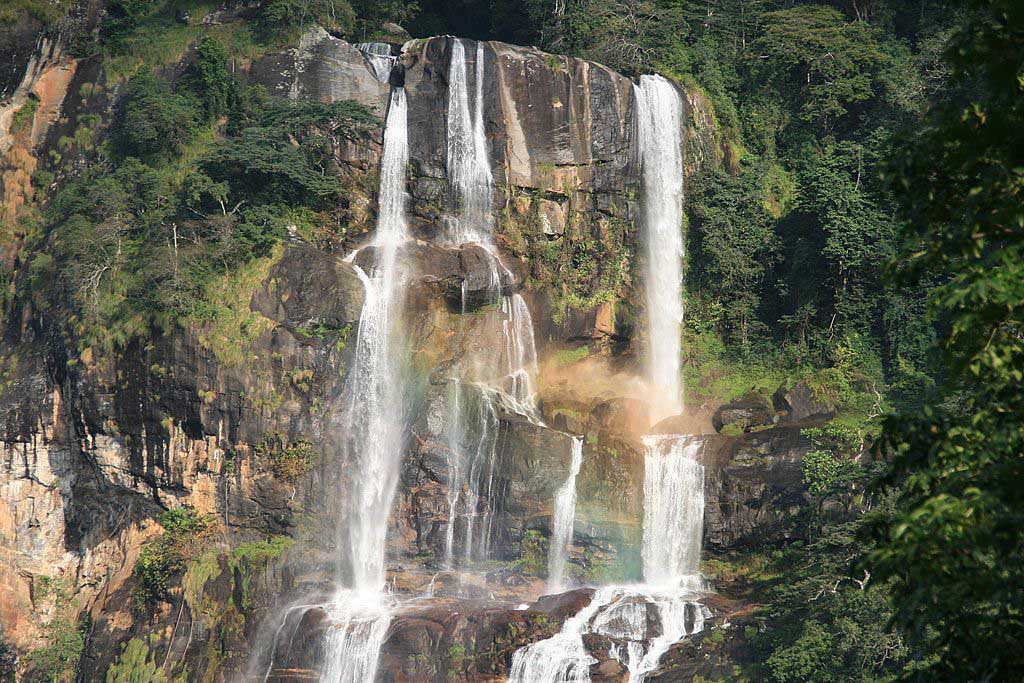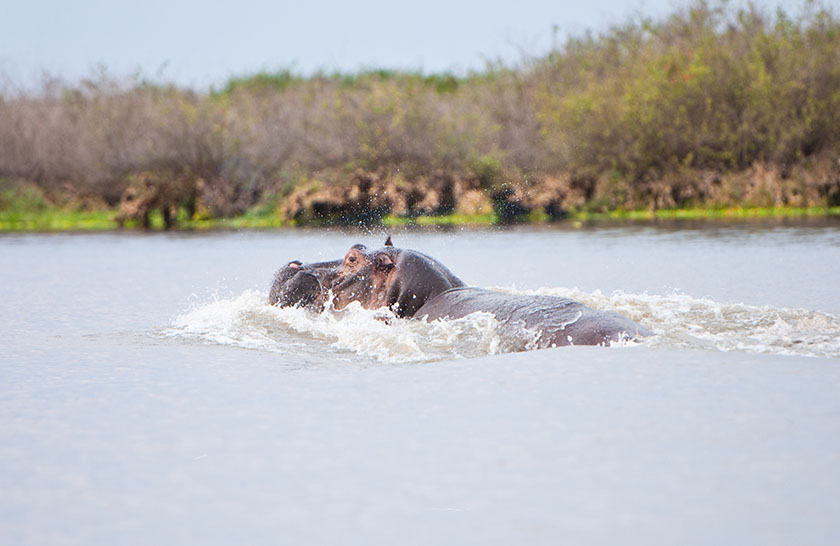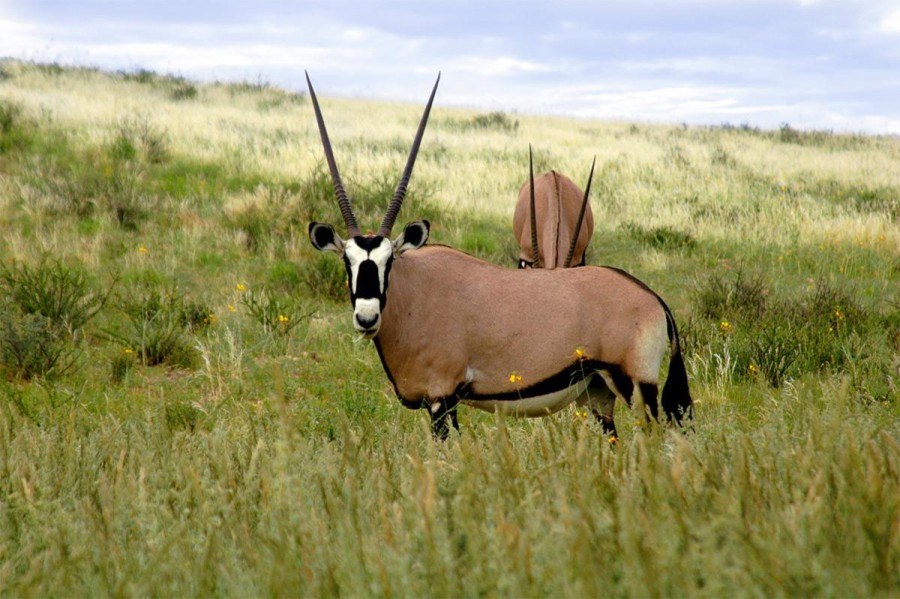Serengeti National Park
Serengeti National Park is unequivocally the most renowned wildlife reserve in the entirety of Africa. Despite its name originating from the Maasai term for endless plains, the Serengeti offers a diverse range of habitats and landscapes. It is a complex ecosystem that encompasses areas of acacia forests, river vegetation, soda lakes, and granite mountains.
The most notable spectacle hosted within this park is undoubtedly the Great Migration, where over 2 million wildebeests and zebras embark on a journey from Maasai Mara in Kenya towards Southern Serengeti in search of verdant pastures. The Serengeti is home to a variety of animal species, including wildebeest, zebra, gazelle, ostrich, cheetah, hyena, leopard, lion, jackal, and vultures. The park has also recorded over 500 species of birds, with several of them being endemic to this area.







